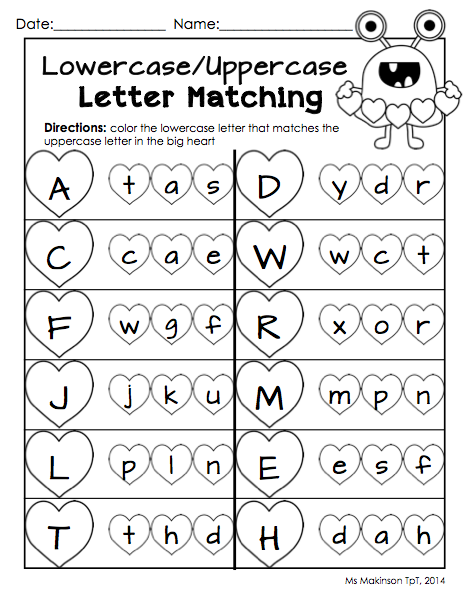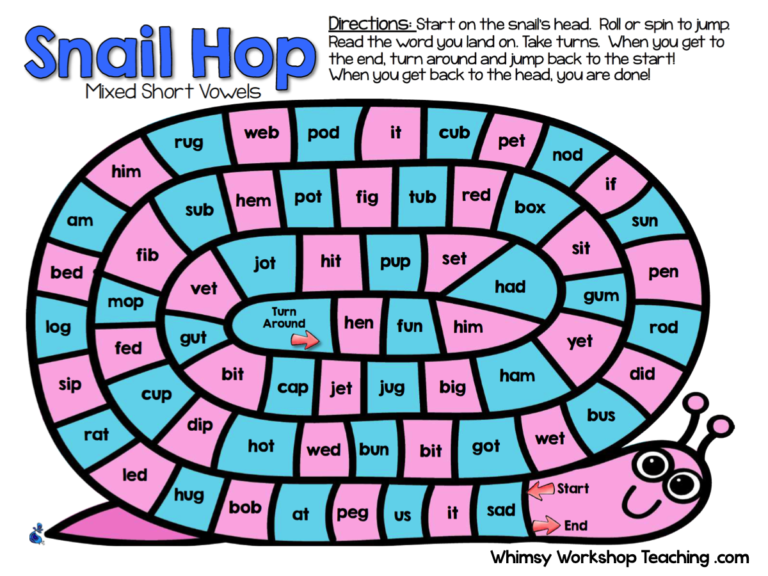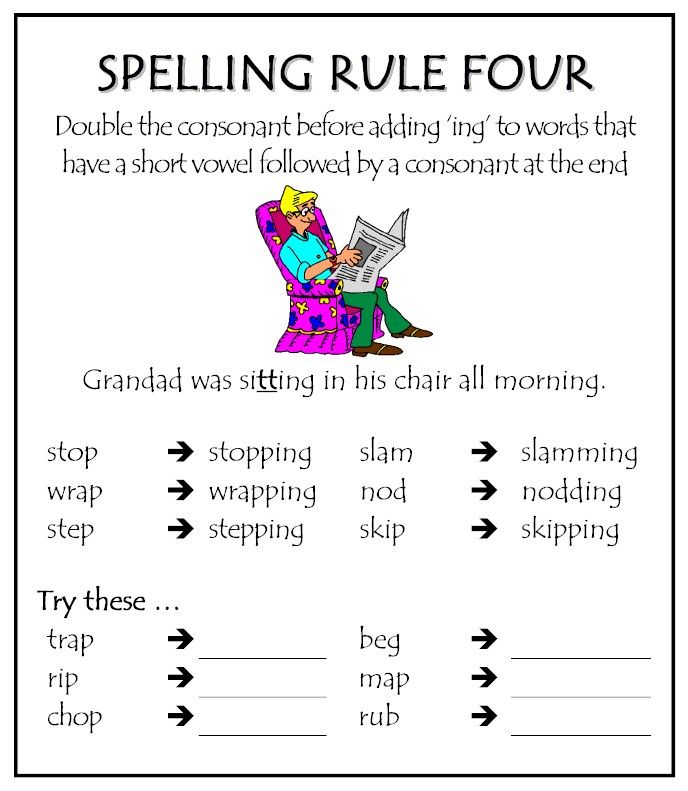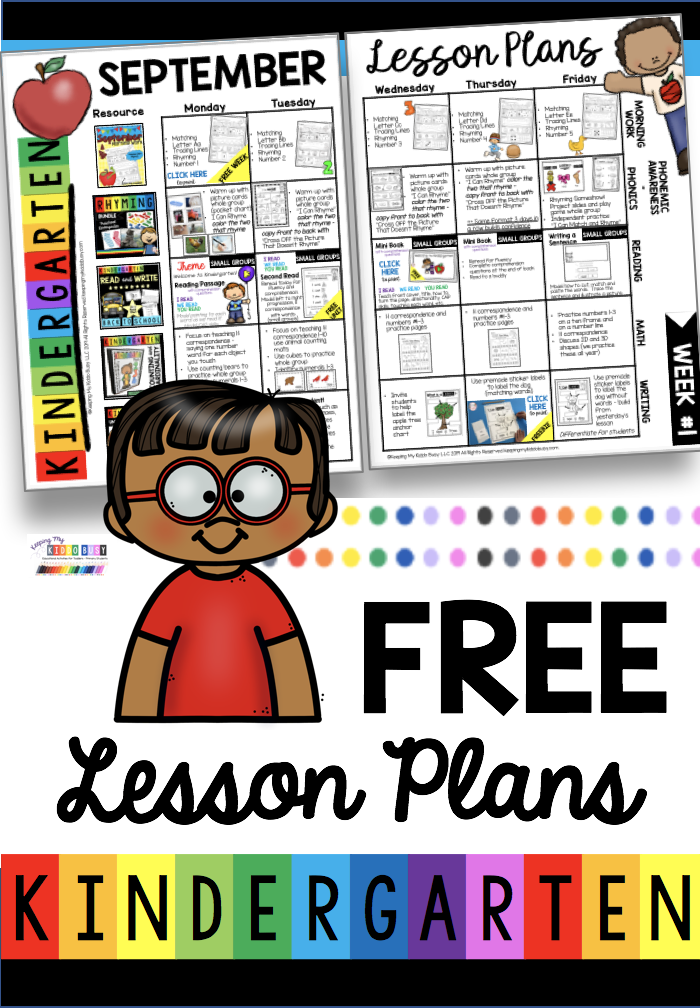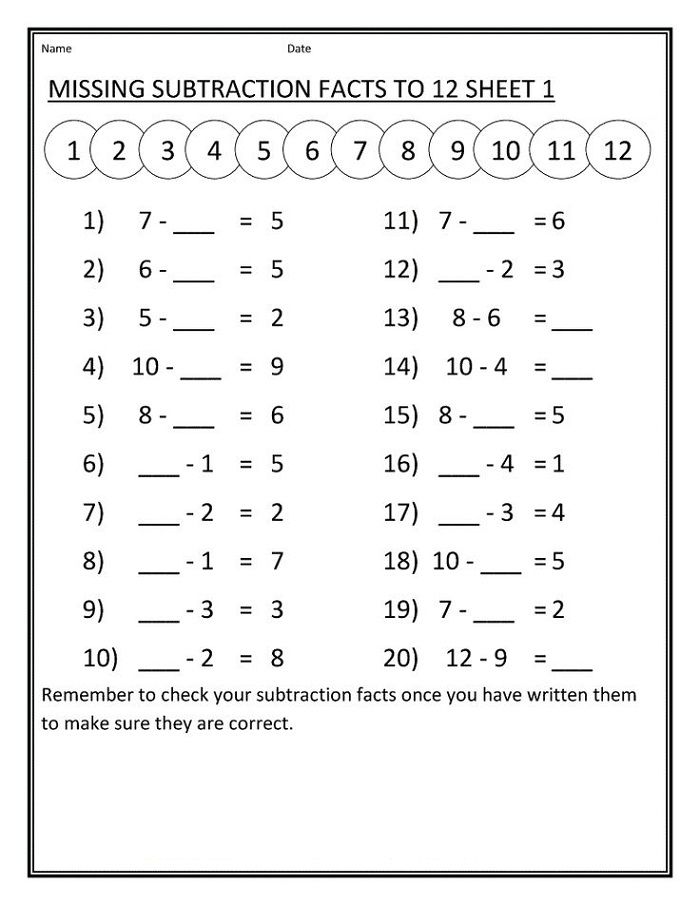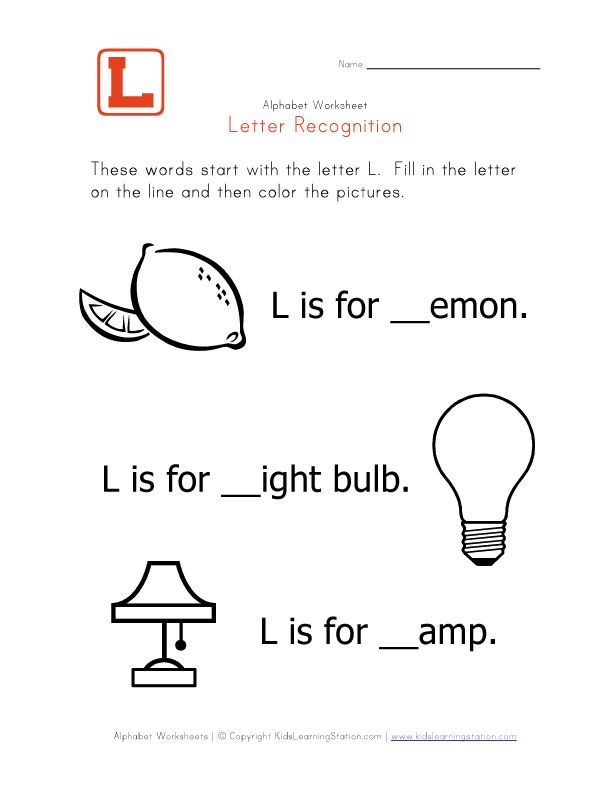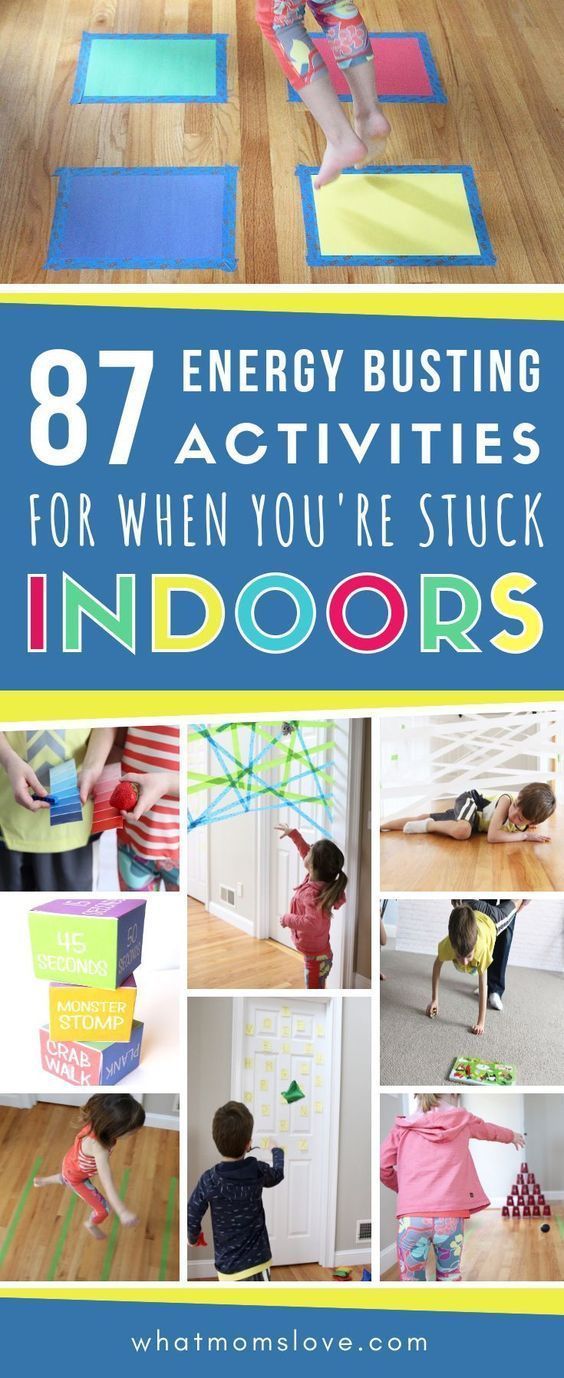Writing upper and lowercase letters
Kids Handwriting: Uppercase & Lowercase Letters
Since less and less instructional time is being spent on handwriting, it is becoming even more important to prioritize the script that students need for functional writing tasks. And, since lowercase letters account for about 95% of all letters in reading and writing, I would like to make the argument for teaching lowercase first!
Lowercase letters are easier to form!Let’s consider four elements:
1. Starting PointsHaving fewer starting points simplifies the decision on where to start. All the capital letters start at the top – . Lowercase letters primarily begin at the midline. The exceptions being b, h, k, l, and t which start at the top, and letters e and f. This factor favors uppercase as being easier to learn.
2. Pencil liftsEach pencil lift requires careful visual monitoring and precise motor skills to neatly place the pencil at the start of the next stroke. Seventeen upper letters require two or more lifts compared to seven lowercase letters. Uppercase “E”, for example, has four strokes, requiring one to lift and place the pencil at four different points. Lowercase “e” uses one continuous stroke, which requires less visual attention, and makes it easier and more efficient to form. This suggests that lowercase letters are easier to form.
Children learn to draw the first six pre-writing shapes, in the following developmental order: a vertical line, a horizontal line, a circle, a cross, a square, and finally a diagonal line. Accordingly, letters containing diagonals are the hardest to form. Eleven uppercase letters (A, M, N, Q, R, K, V, W, X, Y Z) contain diagonal lines in contrast to six lowercase ones (k, v, w, x, y, z). This measure also points to lowercase letters as being easier to write.
4. Letter Groups
Sorting letters by their first stroke and practicing them in their “group” is a highly effective way of learning to write the letters.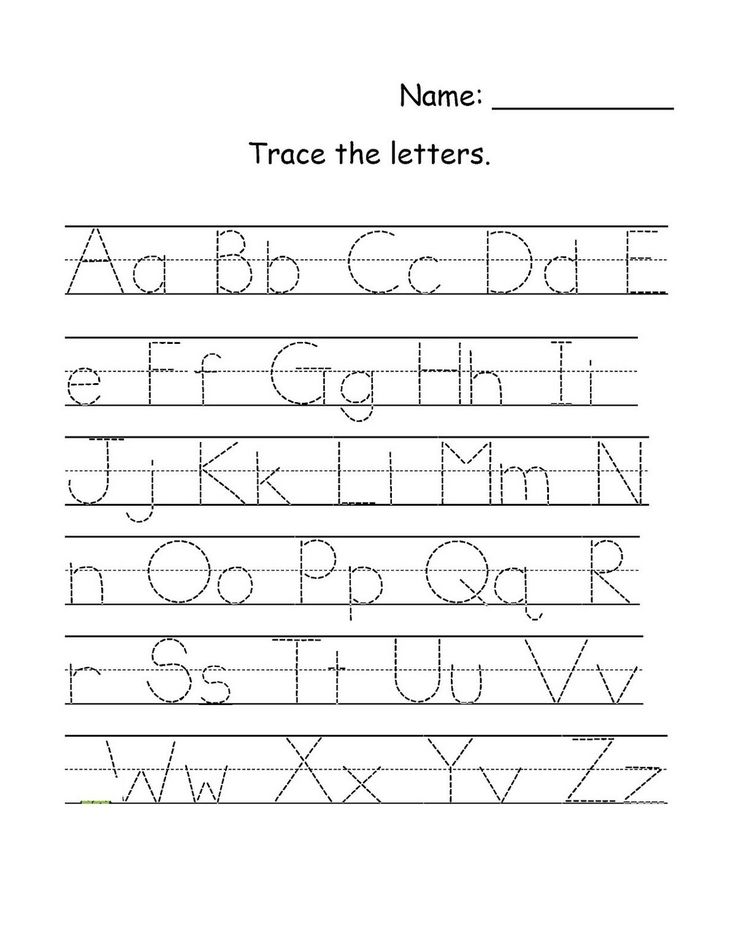 The repetition of the same continuous motion from one letter to the next builds motor memory and promotes rhythmic writing.
The repetition of the same continuous motion from one letter to the next builds motor memory and promotes rhythmic writing.
Lowercase letters have multiple strokes in common and are easily sorted into four kinesthetic groups:
- l, t, k, I and j all start with a vertical line downward
- c, a, d, o, g and q all start like c
- h, b, r, n, m and p all drop down, up and over
- v, w, x and y all start with a diagonal line down
Letters s, u, f, e and z do share a common stroke with the other letters.
Upper case letters have two kinesthetic groups:
- C, O, Q and G all start like C
- V, W, X and Y start with a diagonal line down
B, D, E, F, H, I, J, K, L M, N, P, R, T, and U all start with a down stroke. However, given that they do not share a similar motion beyond this point to guide correct stroke direction, makes it hard to unify them into kinesthetic group. Letters A, S and Z do not share a common stroke with other letters.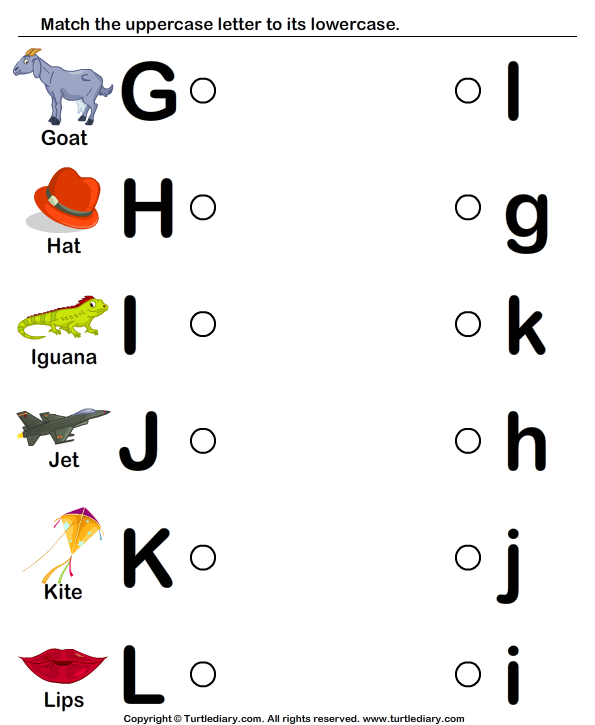
Several lowercase letters are similar in appearance, most notably letters b, d, p, g and q, as well as h and n; making them easier to confuse. Regardless, young students who are learning to read, read in lowercase. And for children who struggle with visually-confusing letters, more practice, not less, would be helpful. Aligning handwriting with reading stands to boost a student’s ability to identify these letters, especially if the child is a kinesthetic learner. Teaching uppercase simply delays the teaching of lowercase or worse, creates more confusion by adding more letters to the mix.
It is also interesting to note that lowercase words are easier to read. Jason Santa Maria’s article, “How We Read”, explains that this is because we see words as shapes. Lowercase has ascenders and descenders that form irregular shapes, and make it easier to identify the words, whereas capitals appear as “big rectangular blocks which take much longer to process”.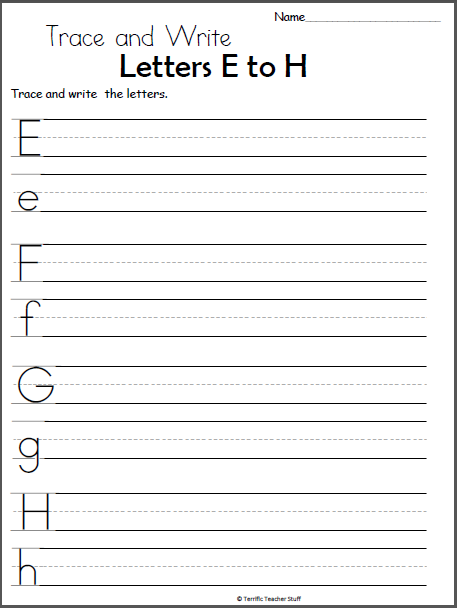
There is a large variance in how well students adapt to lowercase letters after learning uppercase. For students who are predisposed to handwriting difficulties and have been taught uppercase first, I have found that they confuse the two alphabets and tend to be very resistant to switching from upper to lowercase. Apart from affecting overall legibility, mixing upper and lowercase, or using upper case only, is inefficient and results in slow, tedious writing.
What do the experts say?When asked to weigh in on the letter case debate, Dave Thompson, CEO of Educational Fontware, and designer of over 900 fonts said, “Lowercase is definitely easier. Most of the letters are a lot shorter, which involves less movement of the hand for the little ones. There are fewer pen lifts, and much more similarity between smalls (a, c, d, e, g, o, q for example all start with or have a counterclockwise hook) than caps.
 Lowercase uses retrace without pen lift for b, d, h, m, n, p, and r. Caps are usually taught as pen lifts instead of retrace: B, D, M, N, P, and R. Finally, you can make words out of the smalls, but not the caps.”
Lowercase uses retrace without pen lift for b, d, h, m, n, p, and r. Caps are usually taught as pen lifts instead of retrace: B, D, M, N, P, and R. Finally, you can make words out of the smalls, but not the caps.”
Virginia Berninger, a UW educational psychology professor, who studied the effect of handwriting on the human brain, says that it is important to teach lowercase letters first because they are used more frequently in writing and are encountered more frequently in written text. Uppercase should only be taught once lowercase letters are legible and automatic. Teachers should also keep written work to a minimum until lowercase writing is functional.
References
Berninger, V. W., & Wolf, B. J. (2009). Teaching students with dyslexia and dysgraphia: Lessons from teaching and science. Baltimore, MD: Brookes Publishing Company.
Maria, Jason Santa. “How We Read.” A List Apart, 2014. Web. 15 Dec. 2016. Retrieved from http://alistapart.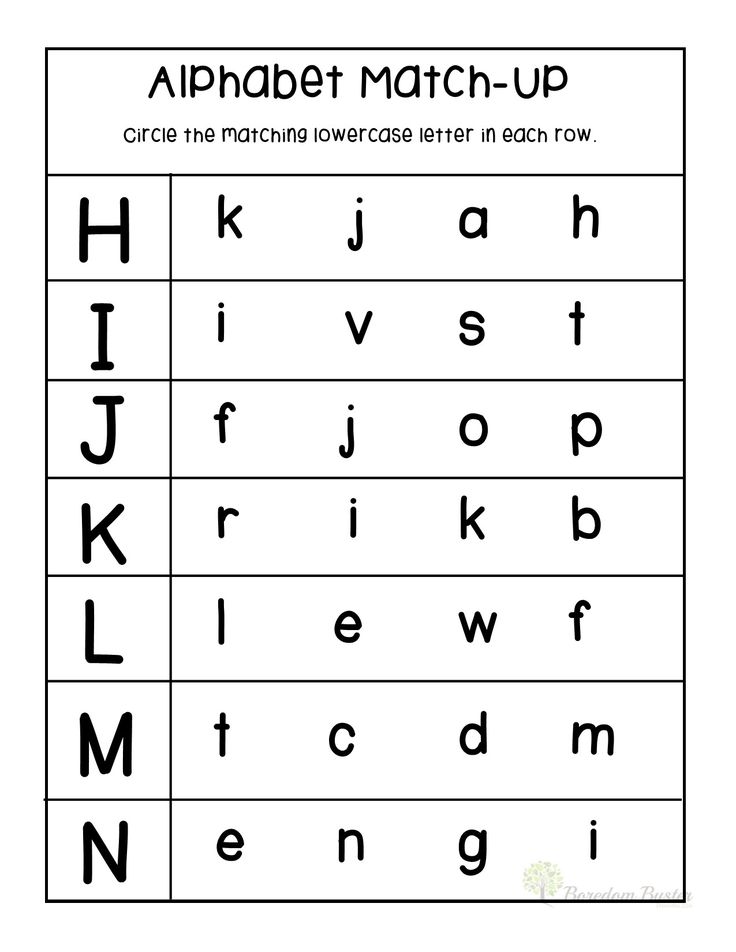 com/article/how-we-read
com/article/how-we-read
How To Teach Your Child Uppercase Letters And Lowercase Letters
If your little learner is showing an interest in exploring uppercase letters and lowercase letters, you’ve come to the right place! We’re here to help you and your child have fun while learning.
In this article, you’ll discover the best way to start teaching your child about uppercase and lowercase letters to set them up for success.
Plus, we’ll share 11 of our favorite activities for practicing letter recognition and forming letters so your child can build their skills and confidence while engaging in fun learning games!
Table of Contents
- Tips For Teaching Uppercase Letters and Lowercase Letters
- 11 Fun Ways To Practice Uppercase Letters And Lowercase Letters
- Learning Letters Is Fun With HOMER!
Tips For Teaching Uppercase Letters and Lowercase Letters
When children are beginning to learn the difference between uppercase letters and lowercase letters, many find it easiest to learn uppercase letters first.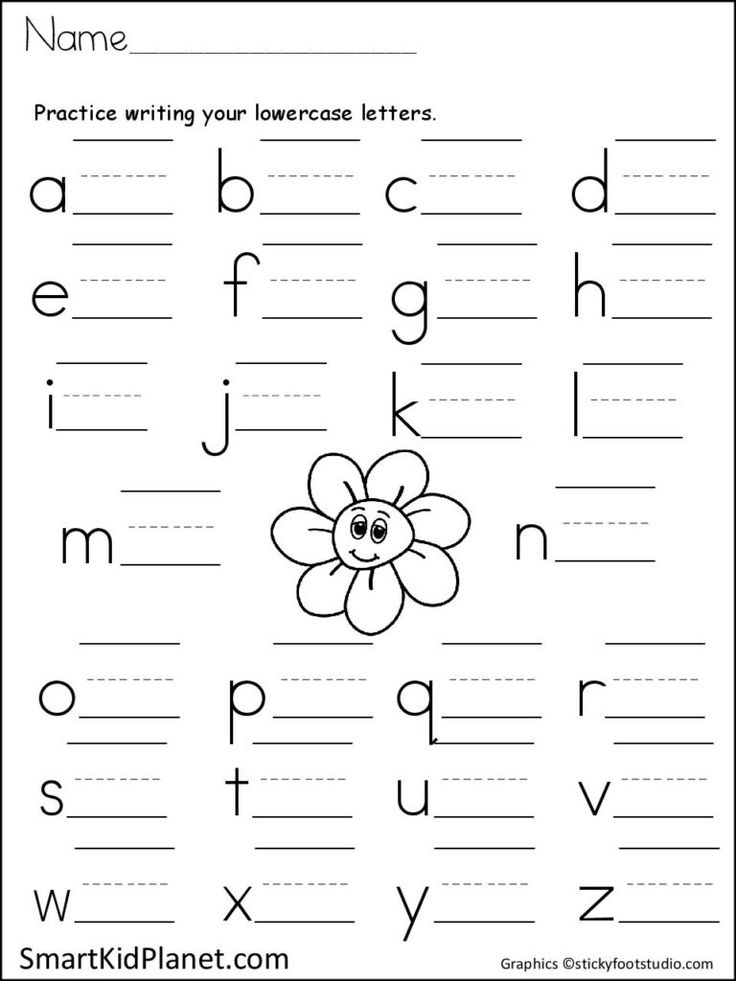 This is because letters are often simpler to draw and differentiate from other letters when they’re capitalized.
This is because letters are often simpler to draw and differentiate from other letters when they’re capitalized.
However, since lowercase letters are used more often throughout text, it’s important for children to learn that there are two forms of each letter and to understand how they connect to each other.
To accomplish this, start by teaching letters that have similarities between their uppercase and lowercase versions. For example, “T” and “t” are usually easier to link than “G” and “g.”
This process takes time, so don’t be afraid to go slow. Your child likely won’t master all 52 letters at the same time — it’s a huge task for their working memory! This skill will improve the more you practice together.
Additionally, while being able to identify the name of each letter is crucial, it’s more important for children to link the primary sound that each letter represents to both versions of a letter.
This will become a key tool they can use later when they begin to sound out words while reading, so it’s a good idea to practice early in the letter recognition process.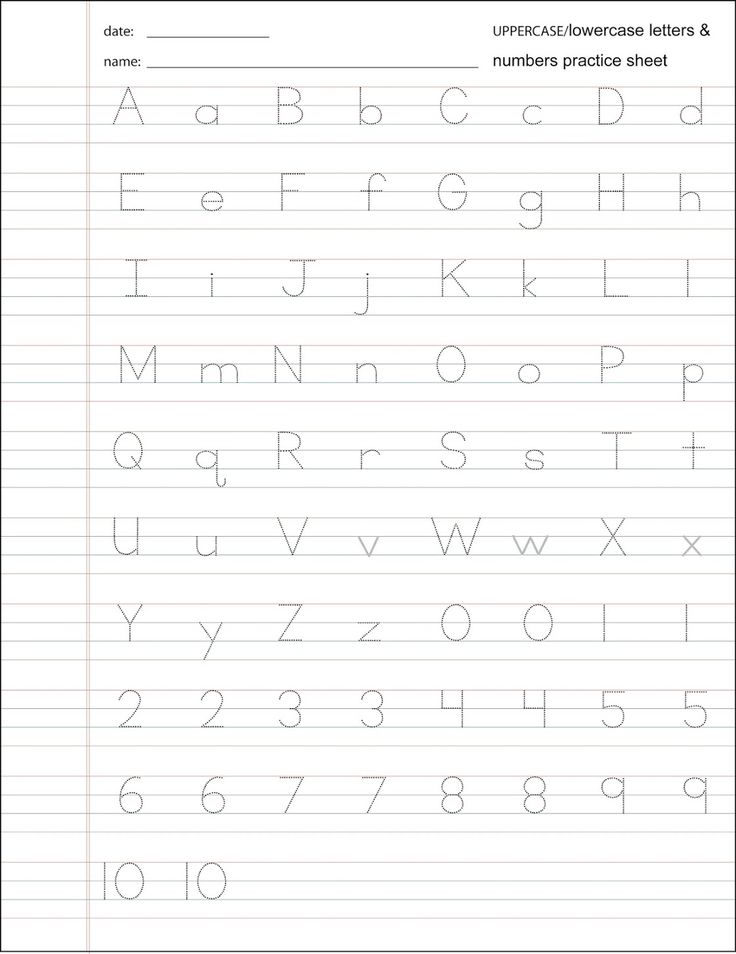
Depending on where your child is on their literacy learning journey, it can also be helpful to explain what the purpose of uppercase letters is. This way, your child can understand where uppercase letters fit into sentences and what they mean.
To do this, you’ll want to explain that uppercase letters are used at the beginning of a sentence and when you’re writing the name of a person or city, for instance. Of course, there are other times uppercase letters might be used (like in acronyms), but that’s a lesson for another day!
Letter Vocabulary To Teach Your Kids
When you’re talking about letters with your child, it’s important to help them understand the words people use when discussing the alphabet. These vocabulary words will ensure your child can communicate effectively and comprehend what others are saying.
Here are a few key words related to these activities your child should know:
- Letter: One of the 26 symbols that make up the English alphabet.
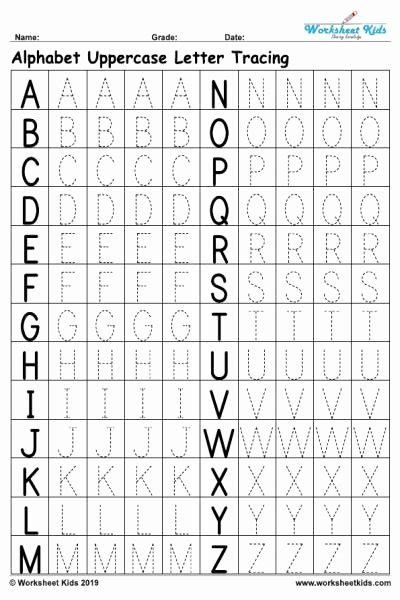 Each letter has a name, like “A” or “B,” and represents a sound (or sounds).
Each letter has a name, like “A” or “B,” and represents a sound (or sounds). - Alphabet: The alphabet is the name for all of the letters.
- Uppercase letters: These letters have specific functions and usually come at the beginning of a sentence or proper noun, among other uses.
- Capital letters: Capital letters are another name for uppercase letters.
- Lowercase letters: These letters are the most common but can vary by font (more so than uppercase letters), which can be confusing for young learners.
You don’t need to quiz your child on these words or make them memorize the definition. Simply use these words when you’re talking about letters so your child can become familiar with the terms.
11 Fun Ways To Practice Uppercase Letters And Lowercase Letters
Learning letters doesn’t have to be boring! Here are some of our favorite games and activities that make learning fun.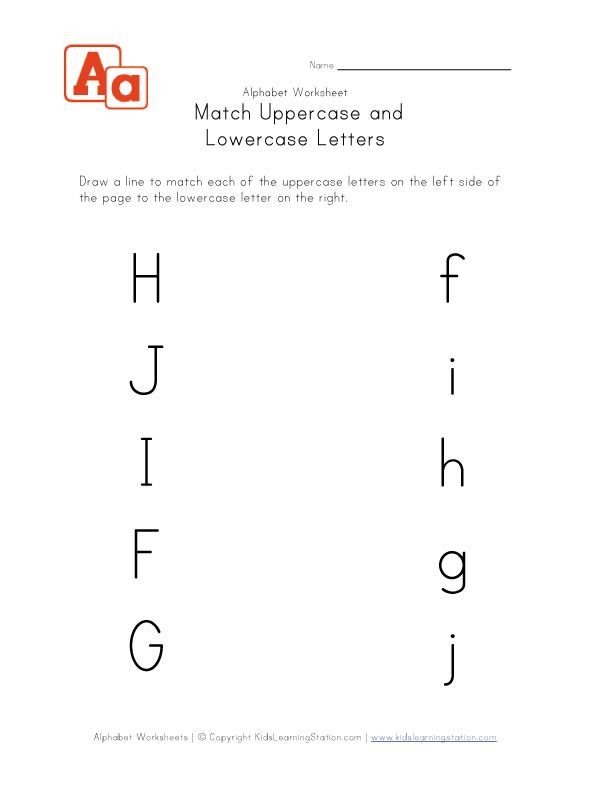
1) Everyday Letter I-Spy
I-Spy is a fun, simple way to incorporate uppercase letters and lowercase letters into your child’s everyday life and help them practice letter recognition.
By drawing their attention to different letters throughout the day, you’ll strengthen their skills bit by bit without them even realizing it!
What You’ll Need:
- Signs or other words around you
What To Do
Simply start asking your child to identify letters as you go about your day together. Beginning with letters that matter to them, such as the letters in their own name, is a great way to begin.
Then you can work your way up to letters in other special words as their letter recognition skills improve. For example, try asking your child to identify the letter “L” in the sign for the laundromat, or how many of the letter “T” they can find in the menu at a restaurant.
This activity is a fantastic learning tool, as a game of letter I-Spy can be played practically anywhere, and you don’t need any equipment — all you need is a good eye for spotting letters!
Try adding this fun game into your daily routine to sneak in some letter recognition practice.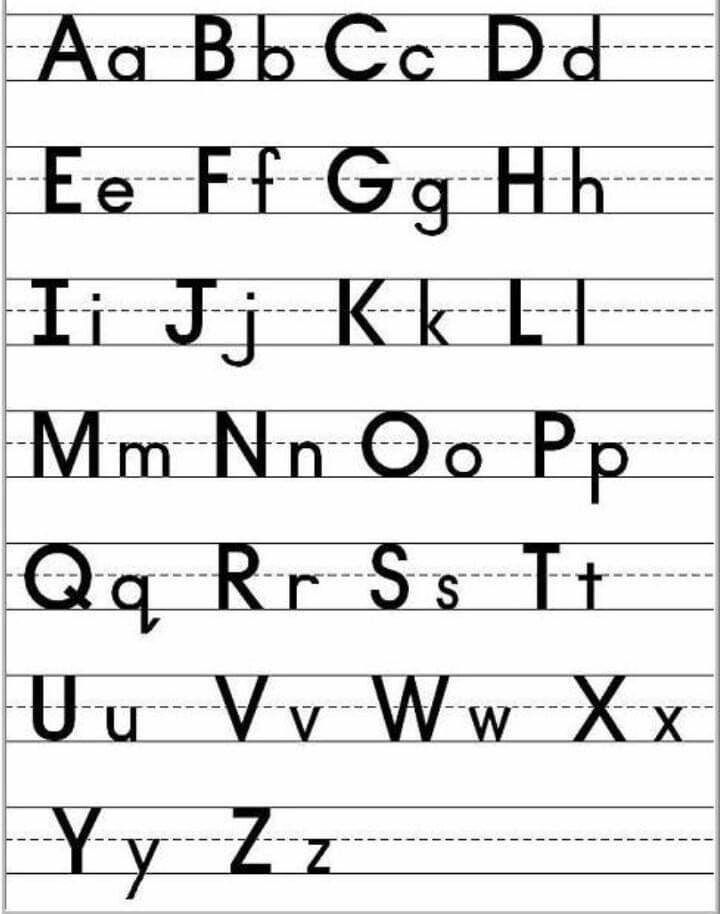
2) Create Letters In Nature
As an engaging way to bring learning outdoors, try practicing to form letters by using materials found in nature. Whether you take a walk around the neighborhood or create a scavenger hunt in the backyard, you’ll have fun collecting materials with your child.
What You’ll Need:
- A variety of natural materials, such as rocks, sticks, or leaves
What To Do:
Once you’ve gathered the natural materials you found, it’s time to practice forming uppercase letters and lowercase letters with these supplies.
Start by choosing a letter that your child is familiar with, and have them write it out by forming it with one of their chosen materials.
Note: Rocks and leaves are easiest for forming rounded letters (B, C, D), and sticks are best for letters with straight lines (A, F, T).
When your child has mastered a particular letter in uppercase, ask them to form the same letter in lowercase. Gradually move on to trickier letters that they might be less familiar with to challenge their skills.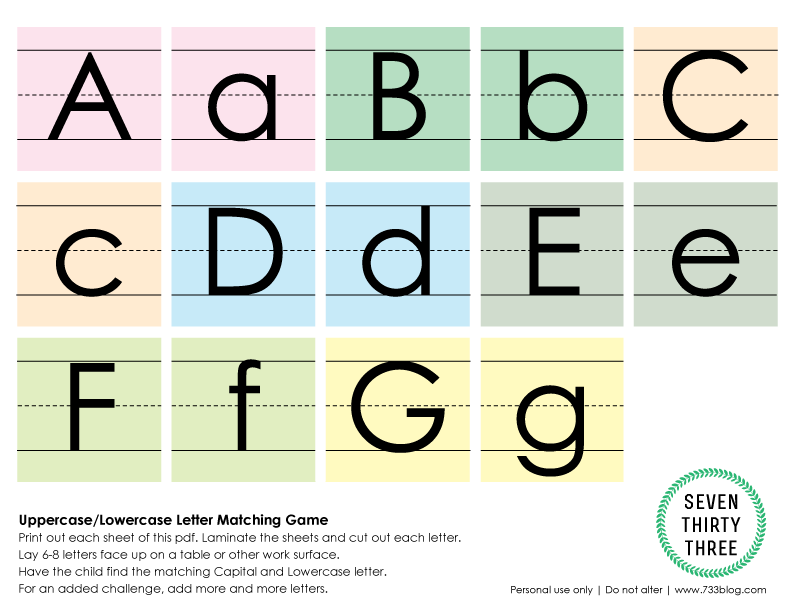
With plenty of practice, your child will know all uppercase letters and lowercase letters by heart. (At that point, you could include a time limit to see how many letters they’re able to create within a particular time period as a fun challenge.)
3) Guess The Magnetic Letter
This is another easy letter recognition game that doesn’t require much equipment and can be really fun to play (especially when the kids are able to outsmart the grown-ups!).
What You’ll Need:
- A set of magnetic letters (we recommend the ones in the HOMER Explore Letters Kit)
What To Do:
Grab your magnetic letters. Then, have your child put their hands behind their back before handing them a single letter of your choice.
Ask your child to identify the letter in their hands — without peeking! — only by touch. For children who are still learning, provide choices for them to guess between (“Do you have a ‘T’ or a ‘B’ in your hands?”).
For older kids who are mastering letters, make the activity trickier by increasing the number of letter possibilities, and, eventually, have them guess without any hints at all.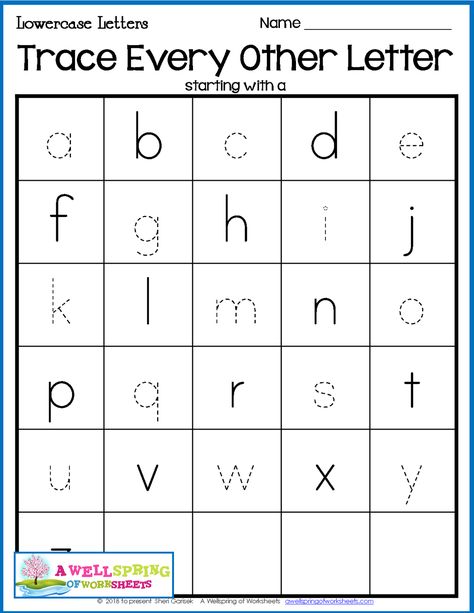
It’s important to take turns so that you also give this letter recognition activity a go as the adult. It’s encouraging (and usually entertaining) for your child if you try and fail a few times by guessing a letter or two incorrectly.
Don’t be afraid to “mess up” in this game!
4) Letter Matching Cards
For this activity, you’re going to need a set of letter-matching cards. While you can purchase a variety of different types, we think it’s fun to make our own personalized set!
What You’ll Need:
- Paper or cardboard to cut into 52 cards
- Scissors
- A marker
What To Do:
Start by cutting out rectangles of paper or cardboard for your cards, one for each uppercase and lowercase letter. Then, write a letter on each of the cards, or have your child practice writing it themselves.
After the letters have been written, your child can decorate to their heart’s content! You might even want to draw (or glue a picture of) an object that corresponds to each letter to make it even more fun (like an apple on each of the “A” cards, a balloon for the “B” cards, and so forth).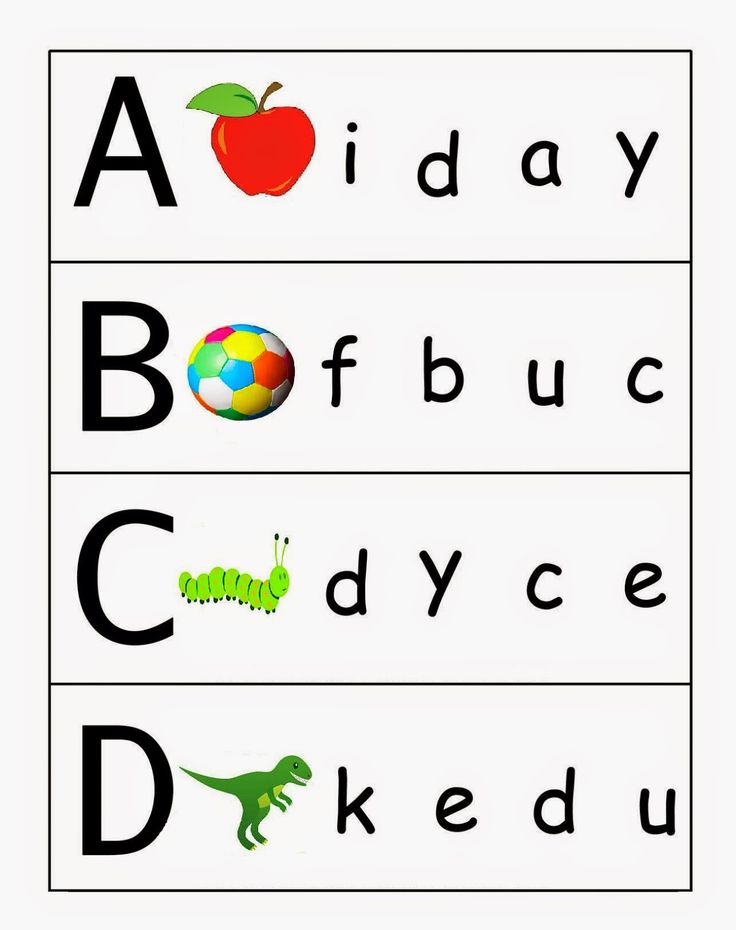
This will also make the matching portion of the activity easier for your child if they’re still mastering uppercase letters or lowercase letters.
When your letter cards are complete, mix them all up on the table and have your child select one. Their task is to find the corresponding uppercase or lowercase version of that letter from the selection in the pile.
This game might be difficult at first, so we suggest beginning with just 10 cards at a time: five uppercase letters and five lowercase letters. You can make more cards on different days and add them to the list as your child gets the hang of this activity.
With practice, your child will enjoy becoming a letter matching professional!
5) Get Crafty
This interactive learning activity is all about practicing letter formation using uppercase letters and lowercase letters. No matter which form of arts and crafts your child chooses for this activity, you’re sure to have a blast!
What You’ll Need:
- A variety of art supplies, such as pipe cleaners, Play-Doh, Fingerpaints, glue and glitter, ribbon, and construction paper
- Kid-safe scissors
What To Do:
Grab your art supplies and get ready to start the fun.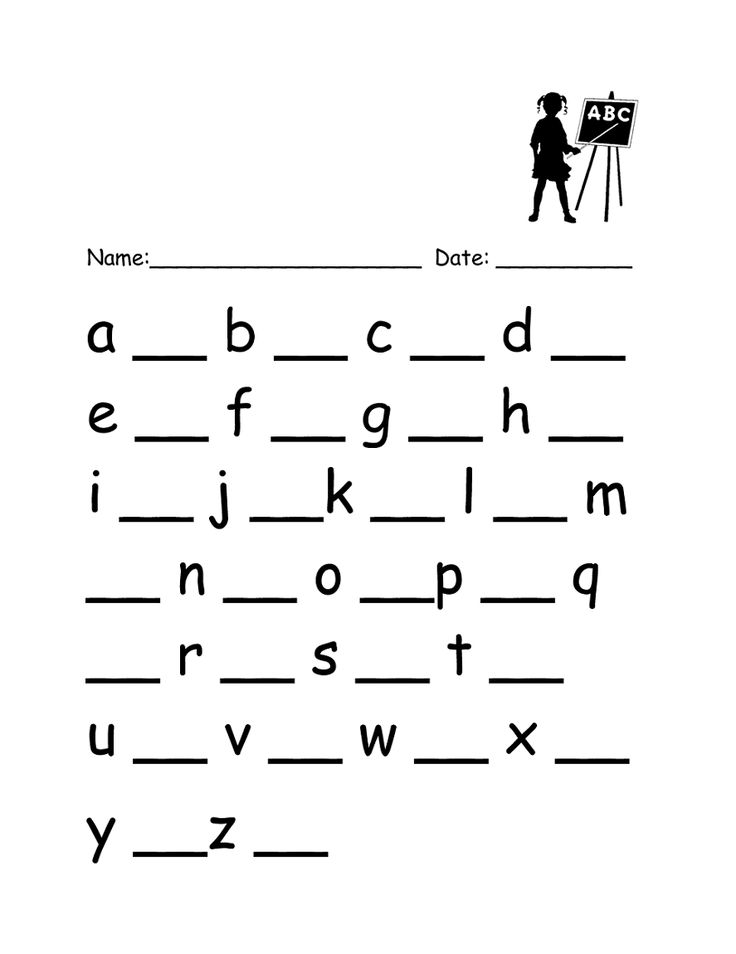
Say a letter aloud (or write it down for your child to visualize if that works best) and have your child form the letter using your chosen material. Then have them create the corresponding uppercase or lowercase letter to match.
Engaging in crafts is a great way to encourage your child to practice forming letters — they’ll be so busy having fun that it won’t feel like learning at all!
6) Hidden Letters
Get your child up and moving while they practice their letters with this simple game.
What You’ll Need:
- Your letter cards from activity number four
What To Do:
To make the game more manageable, pick out five to 10 letters your child is practicing. Then, make a deck out of the uppercase and lowercase cards for those letters.
While your child isn’t looking, hide the cards in one room of your home. That way, you’ll limit the area they have to search.
Once the cards are hidden, it’s time to go on a letter scavenger hunt! Your child will love finding all of the letter cards.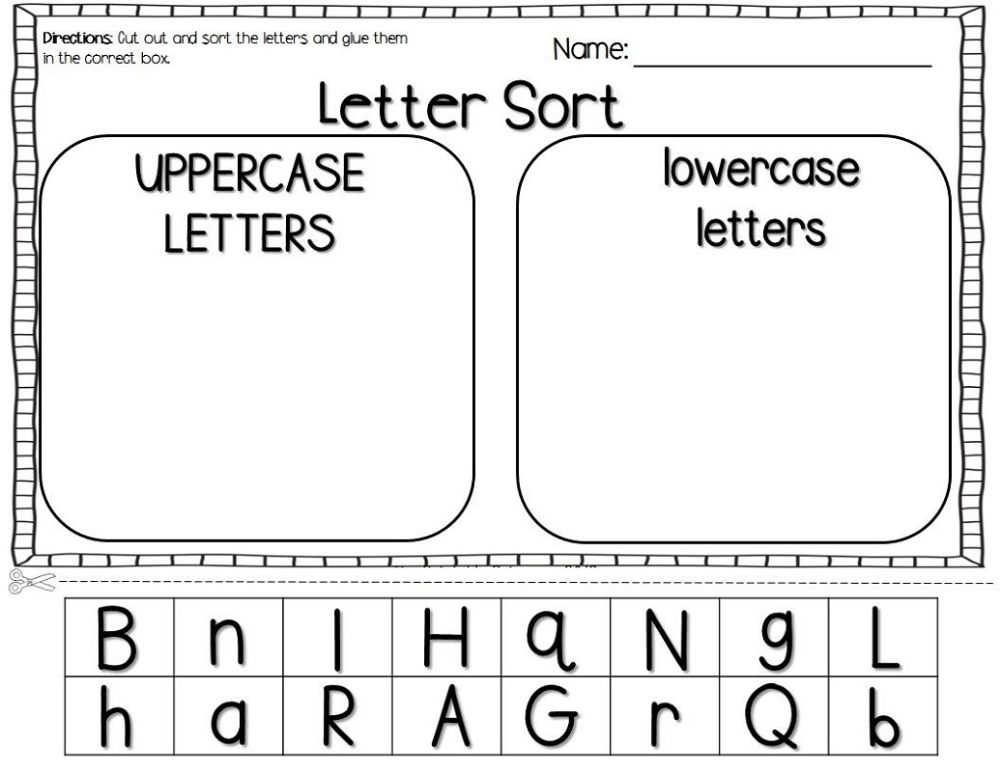
Encourage them to set their cards out in a matching set, with an uppercase letter next to a lowercase, so they can see at a glance which part of each set they’re missing.
7) Post-It Note Letter Challenge
Can your child select the matching letters to finish this challenge?
What You’ll Need:
- 52 Post-It Notes
- A pen
- A large area to hang the notes on, such as a blank wall or a whiteboard
What To Do:
Write an uppercase letter on 26 Post-It notes. Then, use the remaining ones for lowercase letters.
Next, alternate placing uppercase and lowercase letters onto your wall or whiteboard. You might have a capital “A” followed by a lowercase “b.”
Once you get to “Z,” set the remaining letters in a row so your child can see them. Point to the uppercase “A” and ask, “Can you find the lowercase letter that matches?” If your child correctly identifies the letter “a,” have them pick it up and stick it below the capital “A.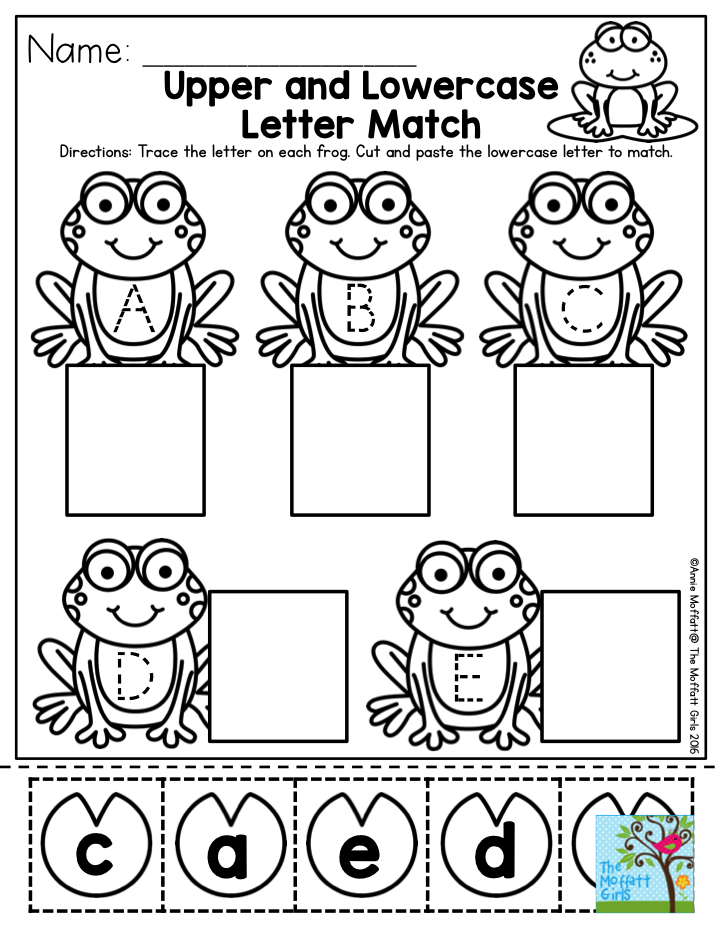 ”
”
If they pick the wrong letter, that’s OK. Gently let them know that they picked a different letter and have them try again.
Once both “A’s” are together, move on to the next letter. When your child has returned all of the missing Post-Its to the wall, sing the ABC song together.
Note: If your child doesn’t yet know all of their letters, don’t start with all 52 Post-Its. Instead, pick a smaller number for them to practice with so they don’t get overwhelmed.
Also, once you finish with the Post-Its, they can save them and use them for this fun Letter Toss game.
8) The Learn & Grow App
If your child enjoys a bit of educational screen time, the HOMER Learn & Grow app is a great way to let them practice their letter identification skills.
What You’ll Need:
- A compatible device
- The HOMER Learn & Grow app
What To Do:
Our kid-friendly design makes it easy for your child to practice their letters on their own, so it’s perfect for those busy days when you just can’t squeeze in another activity.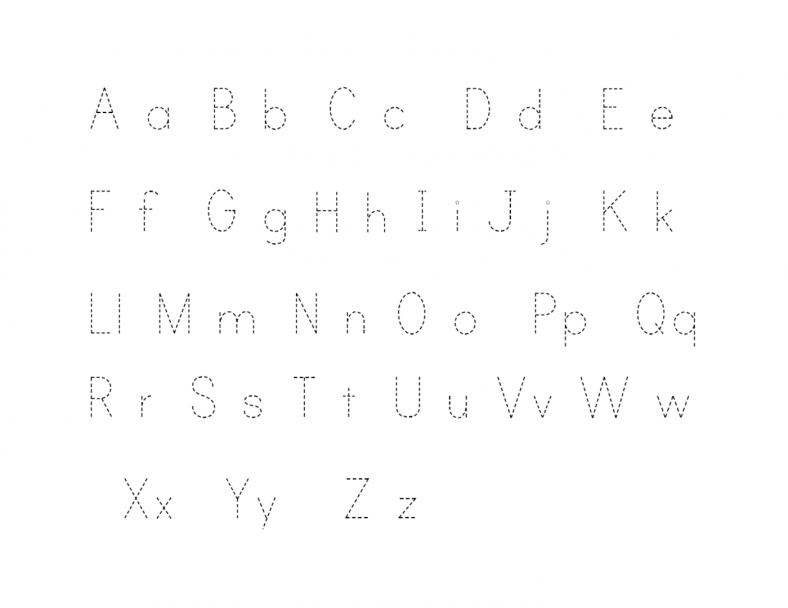
Once you set up their learning pathway and create your parent account, you can let them play independently. The program takes them on a personalized learning journey that’ll meet them where they are now and help them grow.
Many of the games in the Pre-K section of Learn & Grow, as well as the Early Learners section, work on letter recognition and identification, so it’s a fun way to review what you’re working on together.
9) Letter Sort
Some uppercase letters look just like their matching lowercase friend. Others look nothing alike. This activity helps your child pay attention to the shape of each letter so they can sort them.
What You’ll Need:
- Letter cards (you can reuse the ones you made in activity number four)
- Two large bowls to sort the letters into
What To Do:
Start by mixing up all of the letter cards. Then, invite your child to help you sort them into two groups: those that look the same in upper and lowercase and those that look different.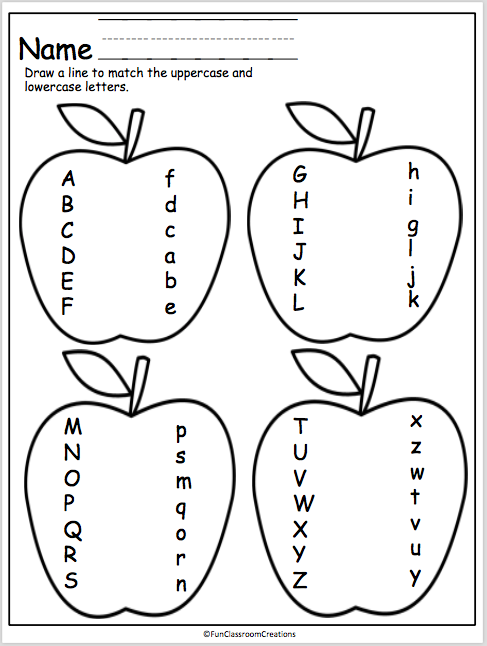
You may need to model this for your child a few times. For example, hold up the capital “S” card and ask, “Do you see a lowercase letter that looks like this?”
When your child finds it, say, “Both the uppercase ‘S’ and the lowercase ‘s’ look similar. They have the same shape, but one is a little smaller. Let’s put these two letters in this bowl because they look the same.”
Then, pick up another uppercase letter, such as the “E.” Ask your child to find the lowercase “e.” If they have any trouble, give them a hand. Then ask, “Do these two letters look the same?”
Let your child examine both letters and highlight similarities and differences between the uppercase and lowercase versions. Then say, “Since they don’t look the same, we’re going to put them in this bowl.”
Continue sorting, letter by letter.
Once your child sorts all the letters, have them count the cards in each bowl and see if there are more that look alike or more that are different.
10) Identifying Letters In Books
When you’re sharing a book with your child, asking them to identify a few letters is a fun way to sneak in a little extra practice.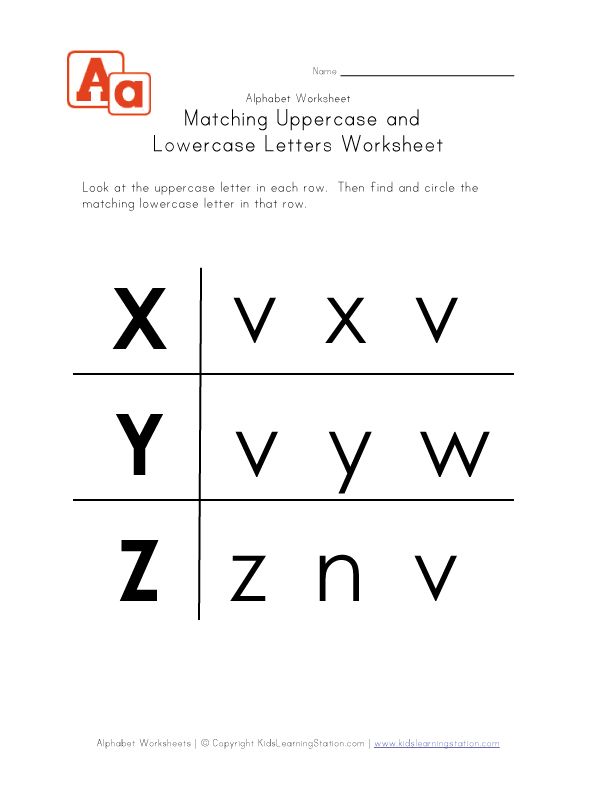 It’s also a great way to get them excited about books and reading.
It’s also a great way to get them excited about books and reading.
What You’ll Need:
A picture book your child will enjoy hearing (find some of our book recommendations in this post)
What To Do:
Start by choosing a book that you know your child will enjoy. Then, as you read it aloud, stop occasionally to point out a few letters and ask them to identify them. For example, you might say, “Oh, look, there’s an uppercase letter ‘B’ on this page. Do you see it?”
If your child has trouble finding the letter, point it out. Then, say the sound the letter makes and have them repeat it to you.
Once they’ve found the letter, invite them to look for other letters on the page. See if they can find an uppercase and a lowercase version of the same letter. If not, that’s okay. Just move on to another page and try again.
As you stop, pay attention to your child’s engagement level and enthusiasm. You don’t want them to get tired of finding letters, so try to quit while they’re still having fun and enjoying the activity.
You can always try again later!
11) Make A Letter Book
Your child can use their alphabet knowledge to create a special book from A-Z. It’s great for practice and can also be a neat keepsake to look back on when your child is older.
What You’ll Need:
- Construction paper for the cover
- Printer paper for the inside pages
- Crayons or colored pencils
- A pencil or pen
- A stapler or a hole punch and ribbon
What To Do:
Start by having your child select a title for their book and then decorate the cover. They can use crayons or colored pencils for this task. Just make sure you add their name as the author somewhere!
Once they finish the cover, it’s time to move on to the inside pages. For each letter of the alphabet, have your child write an uppercase and a lowercase letter. Then, have them illustrate the page by drawing things that begin with that letter.
For example, for the “D” page, they might have a picture of a donut, a dog, and a duck.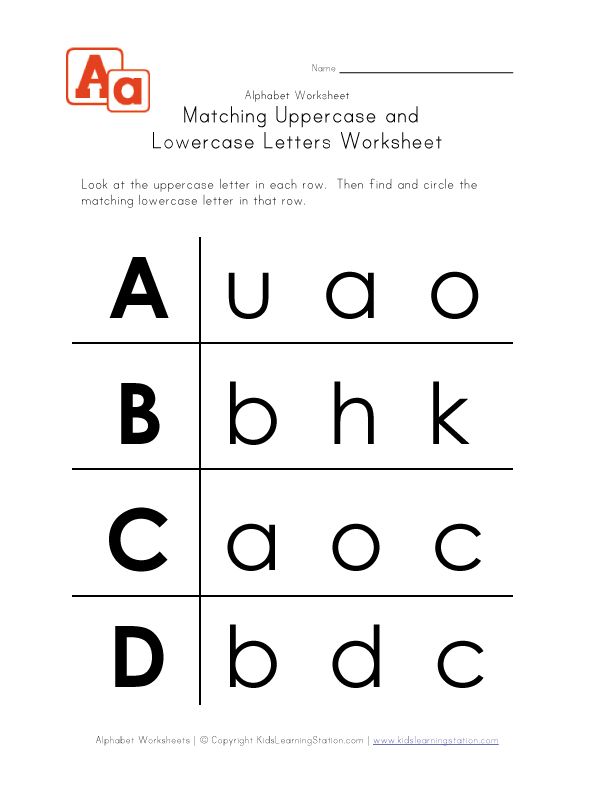
Once every page is ready, it’s time to put the book together.
First, lay the pages out in order from A-Z, and then put the cover on top. Flip through the book to make sure everything lines up.
When everything is together, use the stapler to bind the book. If you don’t have a stapler that’ll staple something that thick you can also use a hole punch and a ribbon to bind it.
Once you’ve finished, have your child read the book to you. They can say the letter on each page and then identify the items they’ve drawn that start with each letter. As they’re reading, have them point to the uppercase or lowercase letters on each page to practice.
Learning Letters Is Fun With HOMER!
With the help of our expert learning tips and fun, engaging activities, your young learner will begin to enjoy practicing uppercase letters and lowercase letters in no time!
From I-Spy and guessing games to enjoying crafts together, watch your child’s skills develop as they master letter recognition and letter formation, feeling more confident each time they practice.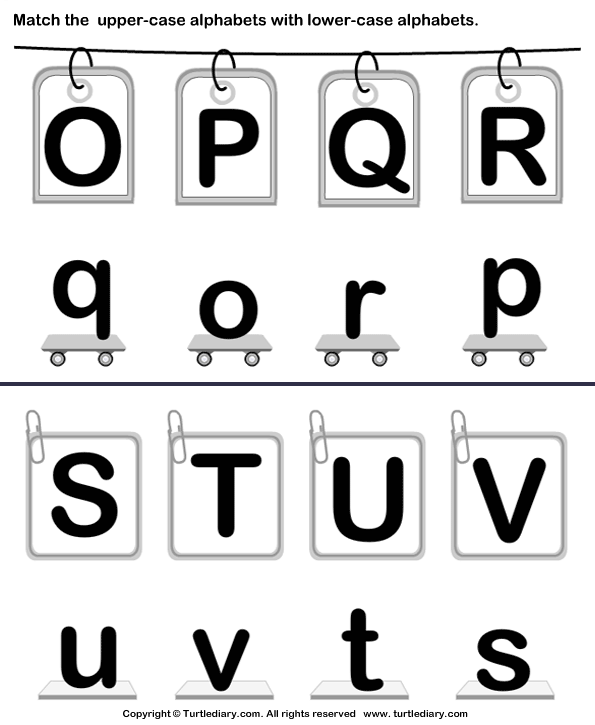
To experience even more “I did it!” moments with your child, try our Explore Letters Kit. Packed with thoughtfully designed activities and expert play tips to build their literacy skills, the possibilities are nearly endless!
Author
Rules for writing capital letters
§ 100. Individual names of astronomical and geographical objects (including the names of states and their administrative and political parts), streets, buildings are written with a capital letter.
If these names are composed of two or more words, then all words are written with a capital letter, except for service words and generic names, such as: island , cape , sea , star , Gulf , Constellation , Comet , Street , ASSISTRY , etc., or serial designations of luminaries ( alpha , beta , etc.), for example:
Astronomical names:
Mars , Capricorn , Northern Corona , Star of the Archduke Charles , constellation Canis Major , alpha Ursa Minor , Libra
The words sun , moon , earth are capitalized when they are used as astronomical names, for example: the following planets revolve around the sun: Mercury, Venus, Earth (with its satellite Moon), Mars, Jupiter , Saturn, Uranus, Neptune and Pluto ; Earth rotation period but: tillage, sunrise .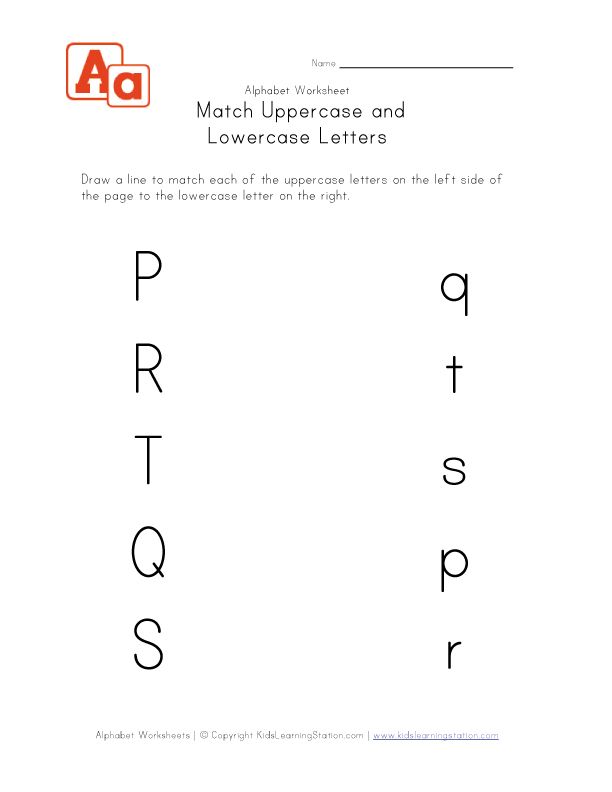
Geographical administrative-territorial and other names:
Pamir , Pyreneei , Dardanella , North Pole , Tropic Cancer , New Guinea , Island of St. Helena , Corolo island , Baleari Polulkan Balkansky Poloostrov Cape Chelyuskin Cape of Good Hope Isthmus of Corinth Lesser Alps 0006, Klyuchevskaya Sopka , Magnetic mountain , Atlantic Ocean , Baltic Sea , Laptev Sea , Gibraltar Strait , Onega Lake , Ladoga Lake 9000, Large Lake , , , , , . Baikal , Blue Nile , Belaya River , Moscow River , Volga-Don Canal , Georgian Military Road , Union of Soviet Socialist Republics , West Kazakhstan region , Novgorod-Seversky , Askania-Nova , Pokrovskoye-Streshnevo , Kremlin 1 , Mokhovaya Street , Street Gorky , Enthusiasts , , , , Komsomolskaya Square , Vosstaniya Square , Bolshoy Kamenny Bridge , Lieutenant Schmidt Bridge , Summer Garden , Borovitsky Gate .
In the official names of the Soviet republics and countries of people's democracy, the word republic is capitalized, for example: Ukrainian Soviet Socialist Republic , Bashkir Autonomous Soviet Socialist Republic , People's Republic of China , People's Republic of Bulgaria .
Informal names of states and their parts, figurative names of geographical objects are also written with a capital letter, for example: Soviet Union , Country of Soviets , Soviet Bashkiria , Poltava region , Trans-Urals , Belokamennaya (Moscow).
Nouns that are part of complex proper names and conditionally name an object are written with a capital letter, for example: Golden Horn (bay), Czech Forest (mountains), Krasnoye Selo (city), Malye Kochki (street), Ursa Major (constellation).
Note 1. Names of cardinal directions ( north south east west southeast northwest .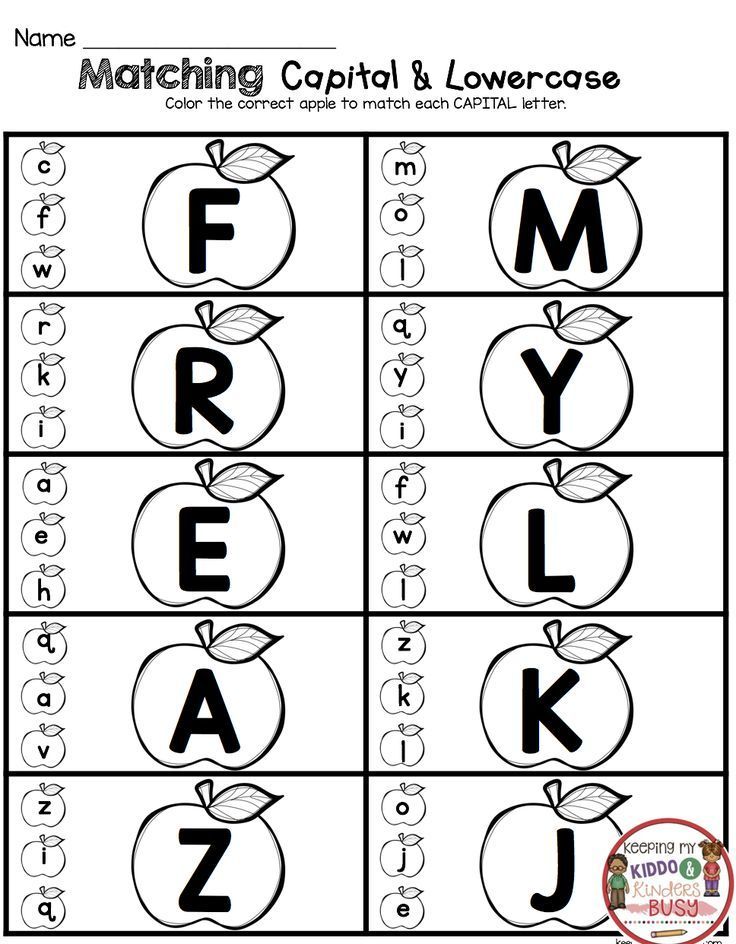
But when they replace territorial names, they are written with a capital letter, for example: languages of the peoples of the North and East .
Note 2. Articles and particles at the beginning of foreign geographical names are capitalized and appended with a hyphen, for example: Los Angeles , English Channel , Le Creusot , De Castries .
Note 3. Function words that are part of foreign geographical names and are in the middle of a combination are written with a lowercase letter, for example: Boulogne-sur-Mer , Piazza di San Marco .
Note 4. Foreign generic names that are part of geographical names are written with a capital letter, with the exception of those that are included in the Russian language, for example: Amu-Darya , Rio-Negro as a geographical term).
Note 5. Place names used in a figurative sense retain their capitalization, e. g.0005 Sedan (meaning "military defeat").
Note 6. Names of animals, plants, tissues and other objects, as well as phenomena formed from geographical names, are written with a lowercase letter, for example: St. Bernard (dog breed), tsinandali (wine variety), boston (cloth, dance).
Capital and lowercase letter G, r
Lesson objectives:
- capital and lowercase exercise0281 r, r , compounds and words with these letters;
- to promote the development of the emotional sphere of children on the basis of moral and educational influence;
- develop attention, memory, logical thinking;
- to cultivate interest in the native language, in the subject being studied.
Equipment: tape recorder, audio cassette with music by P.I. Tchaikovsky, illustration of the mushroom kingdom, table.
1. Organizational moment.
Greeting guests.
Checking readiness for the lesson.
2. Setting the theme of the lesson.
What sound did you get acquainted with at the last lesson and what letter did you learn to write? (We got acquainted with the sound [r] and learned to write the letter Г, г )
What did we learn about the sound [г]? (Sound [r] consonant, voiced; can be hard and soft, paired [g / k])
Today we will continue to practice writing capital and lowercase letters r, r , compounds and words with this letter.
Only our lesson is not easy, we will travel through a fairy tale.
We will give the name of the fairy tale at the end of the lesson.
3. Working on new material.
Introduction
Who knows what words a fairy tale comes from? (Once upon a time...)
So, once upon a time, mushrooms lived in the Mushroom Kingdom, a fabulous state.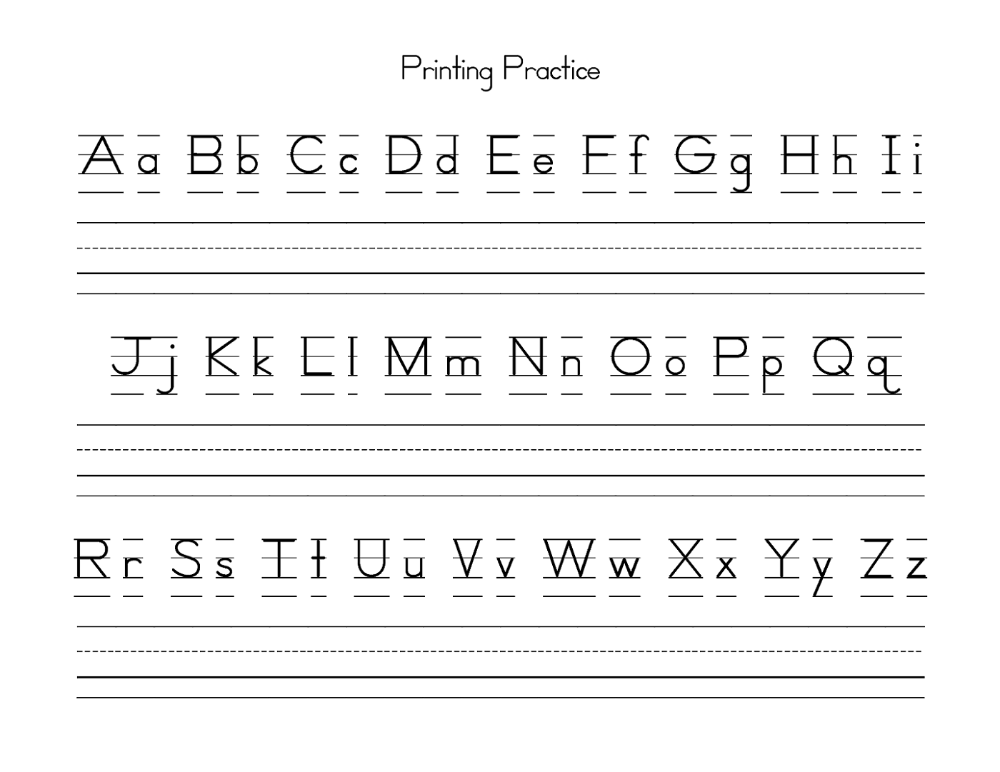 At the head of it was the mushroom Borovik.
At the head of it was the mushroom Borovik.
(Picture - Borovik)
Who knows what people call him? (Cep)
The words boletus and porcini are close in meaning, but different in sound.
What are such words called? (Synonyms)
They lived together. They went to visit each other. But one day...
Listen to the music and try to imagine what happened? (Mushrooms quarreled)
(Tape recorder - audio cassette)
Why do you think so? (Disturbing, militant, angry, terrible, evil music)
Once a poisonous fly agaric, pale grebes, false chanterelles and honey mushrooms captured Tsar Borovik along with the letter Gg .
(Illustration of the mushroom kingdom; boletus mushroom; letter Gg)
Why are these mushrooms called false? (Very similar to edible mushrooms, but they are poisonous)
Russula and chanterelles, boletus and boletus did not want to put up with this.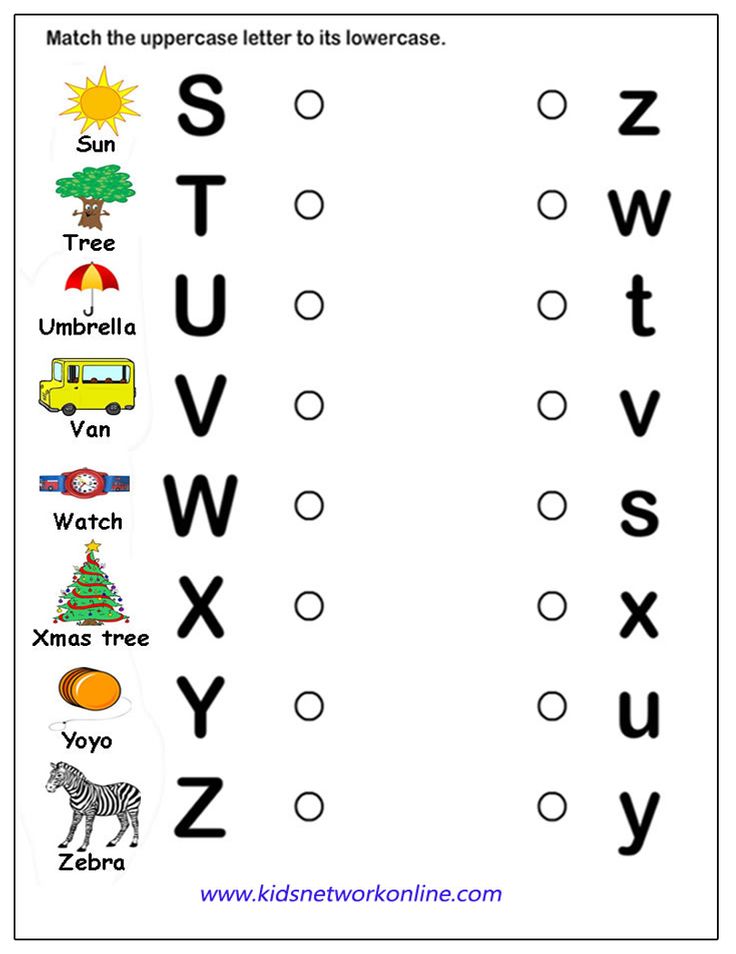 They decided to restore justice and return Tsar Borovik and the letter 9 from captivity0281 Gg .
They decided to restore justice and return Tsar Borovik and the letter 9 from captivity0281 Gg .
But in order to free them, you have to go through several trials. The boletus mushroom turned to you guys with a request for help.
So what? Let's help him? (Yes!)
Difficult trials lie ahead of us. To get to the dungeon where Tsar Borovik is being held, one has to go through a dense forest and a swampy swamp, climb over a fence.
So, let's hit the road.
Letter G
First trial , which the evil fly agaric offers us, is to remember how capital and lowercase letters are written Gg.
Who can tell me how to spell the letter G? (We put the handle 1/3 from the top in the additional line, go down in a straight inclined line, put the “stick”, remove the handle. In the middle 1/3 of the additional line we write out the “inverted stick” (we transfer all attention to the top ruler in additional line and thus keep the parallel [Ilyukhina V.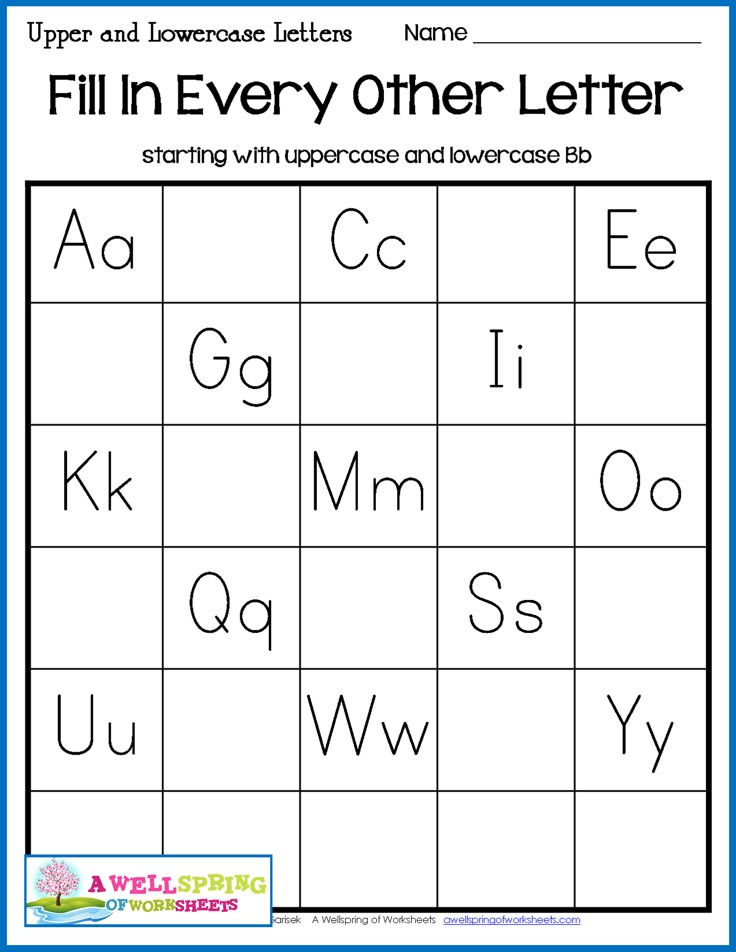 A.])
A.])
(Student tells - I write on the blackboard)
Writing a letter on the blackboard.
Letter of the letter in the air.
(Planting)
Letter of a letter in a notebook. Write as many times as there are fly agarics on the board. (3)
(There are 3 fly agarics on the board)
Tell me how to write the lowercase letter g? (We put the handle 1/3 from the top in the working line, climb the hook line to the top ruler, touching, go down in a straight inclined line, turn on the spot, climb the hook to the middle [Ilyukhina V.A.])
(Student tells - I write on the blackboard)
Writing a letter on the blackboard.
Letter of the letter in the air.
(Planting)
A letter in a notebook. Write 2 letters more than the capital letter D .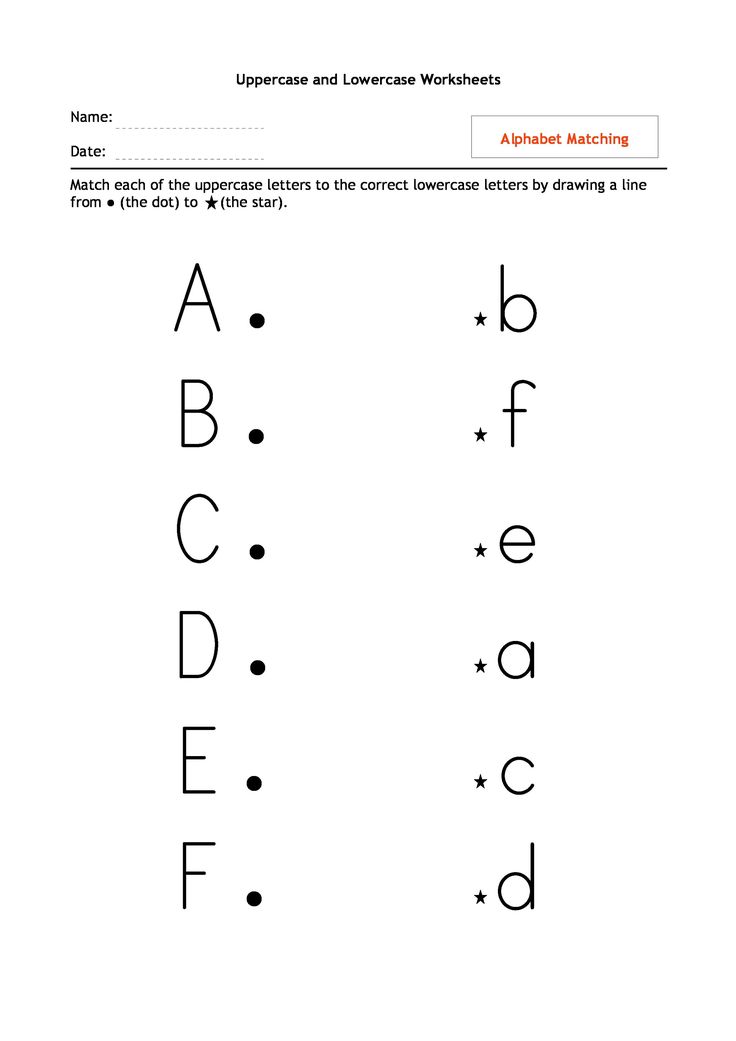
(There are 5 fly agarics on the board)
Complete the line to the end, alternating between a capital letter and a lowercase letter.
Letter repetition P p, T t, P p
Now I will name the words, and you write down only the first letter of each word on the next line 1 time: P avel, 8 p 8 Arta, T Anya, T ORT, R OMA,
(Landing)
What letters did you write? (Elongated oblique line with a rounding to the right, an oblique straight line with a rounding at the top and bottom)
Well done guys, rescued the letter Gg from trouble. They didn't let her disappear into the dark forest. But there is still a long time before the liberation of Borovik.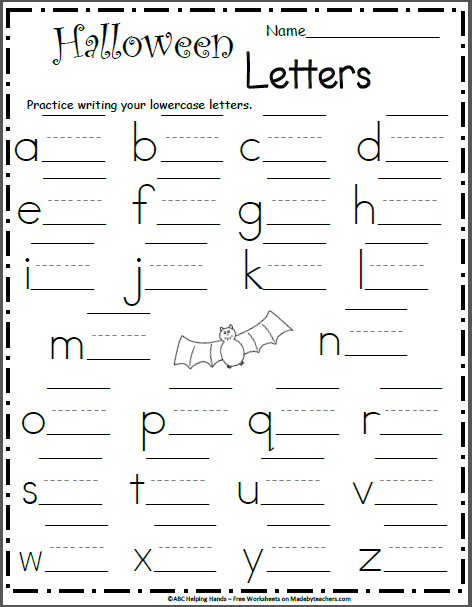
And here is II obstacle.
Letter connections
Take a close look at the connections
(on the board)
(Ge, Ga, gi, go)
Why wasn't the compound named gr? (There is no vowel. There are as many syllables as there are vowels in a word)
Write these connections according to the model, observing the secrets: “nests”, “hut”, the place where the letters join [Ilyukhina V.A.].
(Planting)
Emphasize soft consonants.
Circle the vowels that indicate the softness of consonants.
Name the syllables with soft consonants. (Ge, gi)
Which vowels indicate the softness of consonants? (e, u)
4. Consolidation of the past.
Writing words
Read the words. Orthoepically, then orthographically. Galya, Gena, Egor, gr and b - gr and b.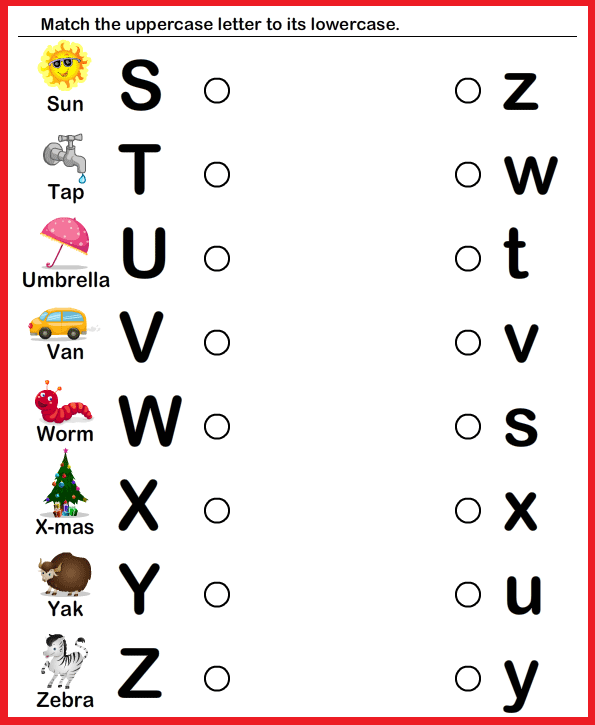
Why are the words Galya, Gena, Egor capitalized? (People's names are capitalized)
What are the compounds that we have already repeated? (Ga, Ge, go, gr)
Write the words according to the model.
(Landing)
Divide into syllables. Put emphasis.
Phonetic analysis of proper names.
Gr and b - gr and b. A mistaken place.
How to check an unstressed vowel?
Well, we passed the second test.
5. Physical exercise.
(Picture - box)
Mushrooms grew in a forest, in a pine forest.
You are a friend, do not be lazy,
You need a mushroom - reach for it.
We will take the porcini mushroom with us, russula too.
And butterdish, and chanterelle, put in the box.
Name a synonym for the word box.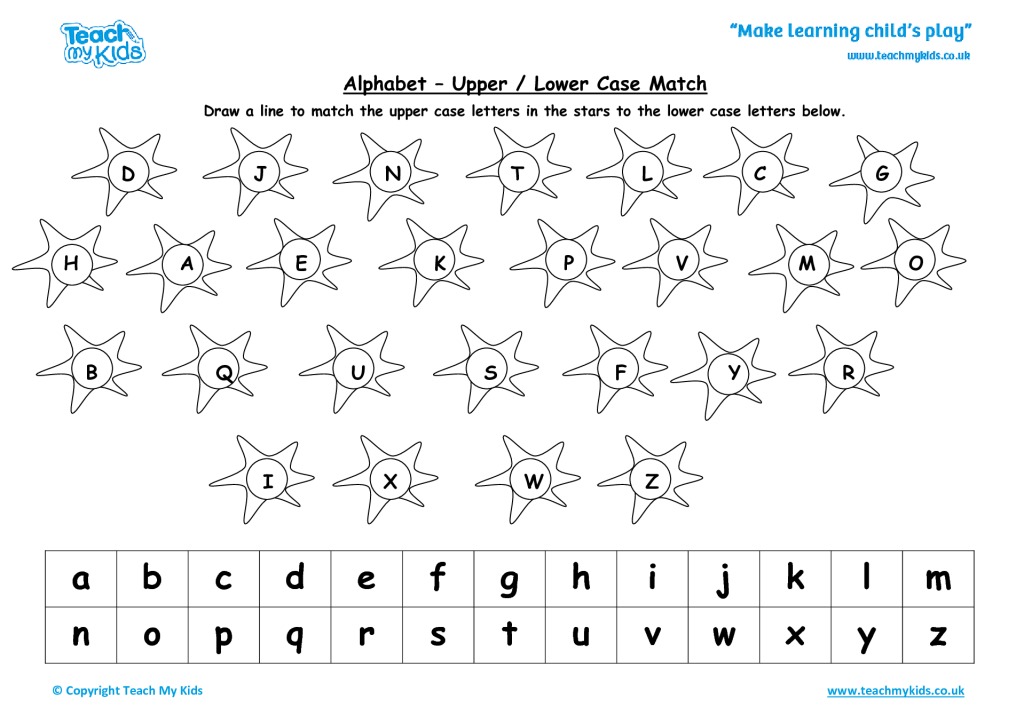 (Basket, basket)
(Basket, basket)
Body - a box made of bast or birch bark.
Bast – bast of young linden, willow and some other trees, divided into layers and narrow strips.
6. Review of the past.
Work on the proposal
Guys, the birch tree sent us a letter. He asks you to help him put all the words in the sentence in their proper place. This is the next test.
What do you know about the offer? (The sentence expresses a complete thought. The words in the sentence are related in meaning. At the end of the sentence is put .!? The first word in the sentence is capitalized.)
(Gali mushrooms)
Who made the proposal? (Gali has mushrooms.)
How many words are in the sentence?
What is the 1st word? How do we write?
What is the 2nd word? How do we write?
Say the 3rd word. A mistaken place.
How to check an unstressed vowel?
Write a sentence following all the secrets.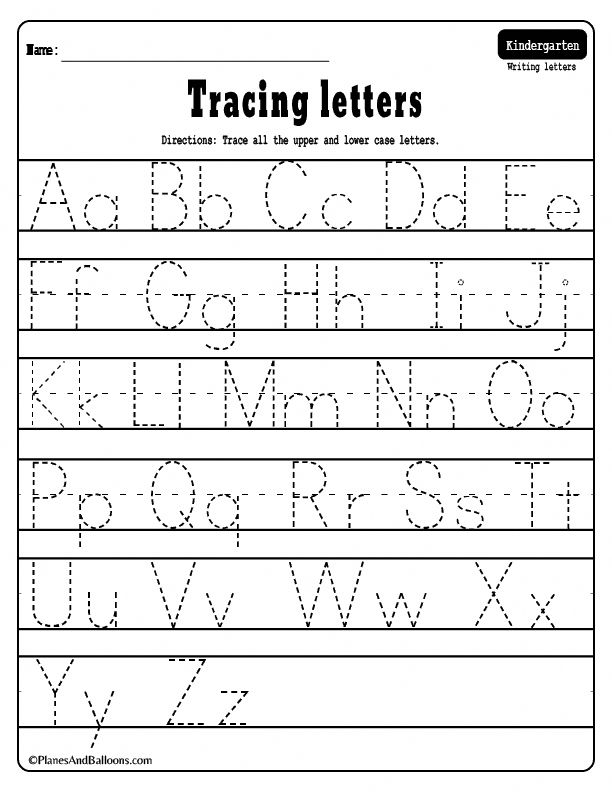
(1 student on the board)
And we passed this test.
Well done. Let's go further.
Conversation. The story of the witch rings.
Most often, mushrooms in the forest grow in rows, heaps.
And look how interesting these mushrooms grow.
(Picture, presentation )
There was a time when people argued about mushrooms, who created them - God or the devil? Those who believed that the devil created mushrooms talked about mushroom round dances, that mushrooms can grow in circles, and in the middle of this circle there is bare ground on which nothing grows. These mushroom circles became known as "witch" rings, as it was believed that witches gathered and danced inside these circles, and therefore grass did not grow there. People were afraid of these circles and believed that a person who came to this circle would fall ill with a dangerous disease.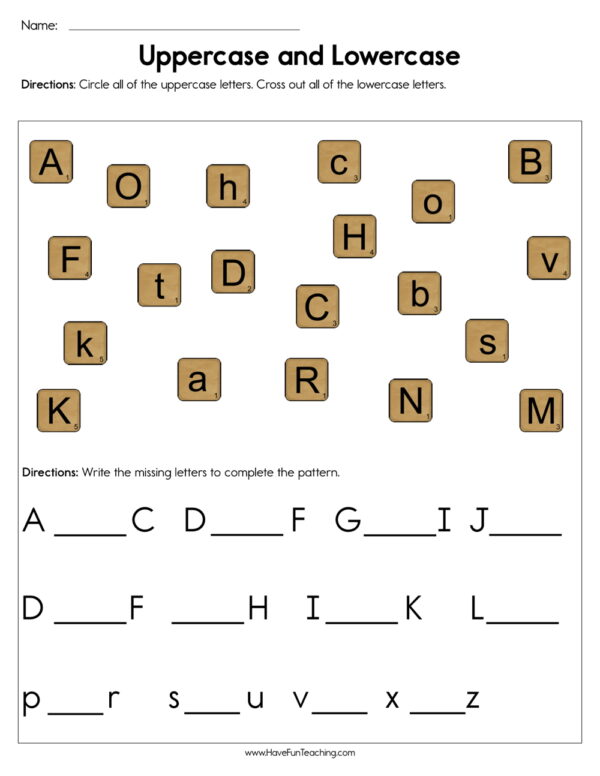
Mushrooms grow in a circle because of mycelium - the opinion of scientists. When the mycelium begins to grow, it spreads in all directions. Then mushrooms appear from behind its threads. And since the threads grow evenly in all directions and their length is the same, the mushrooms appear at the same distance from each other, as if in a circle. We see mushrooms, but there is no mycelium, and we don’t know that in the middle of the circle the mycelium has grown, taken from the earth all the useful substances, water. Nothing grows inside the "witch" ring. Such "witch" rings are found in glades, meadows, and are around trees.
What geometric figure does it resemble?
Yes, mushrooms can grow in rings or circles.
Read the words: rows, circles.
What word does the scheme fit? Why?
Write this word according to the model, following all the secrets.
(Landing)
In what number is this word used? (Plural)
Singularize the word circles (Circle)
Name the place of error (Circle-circle)
How to check a double consonant?
7.
